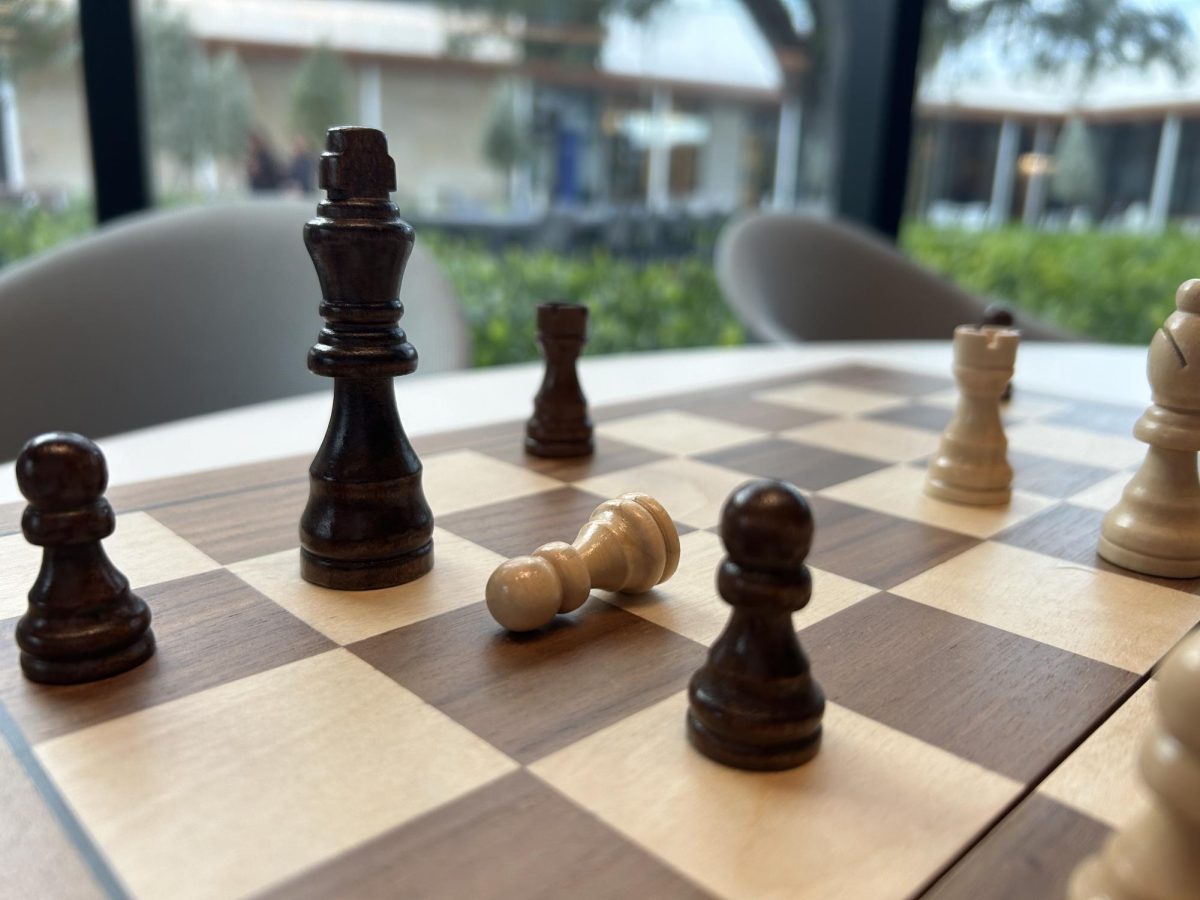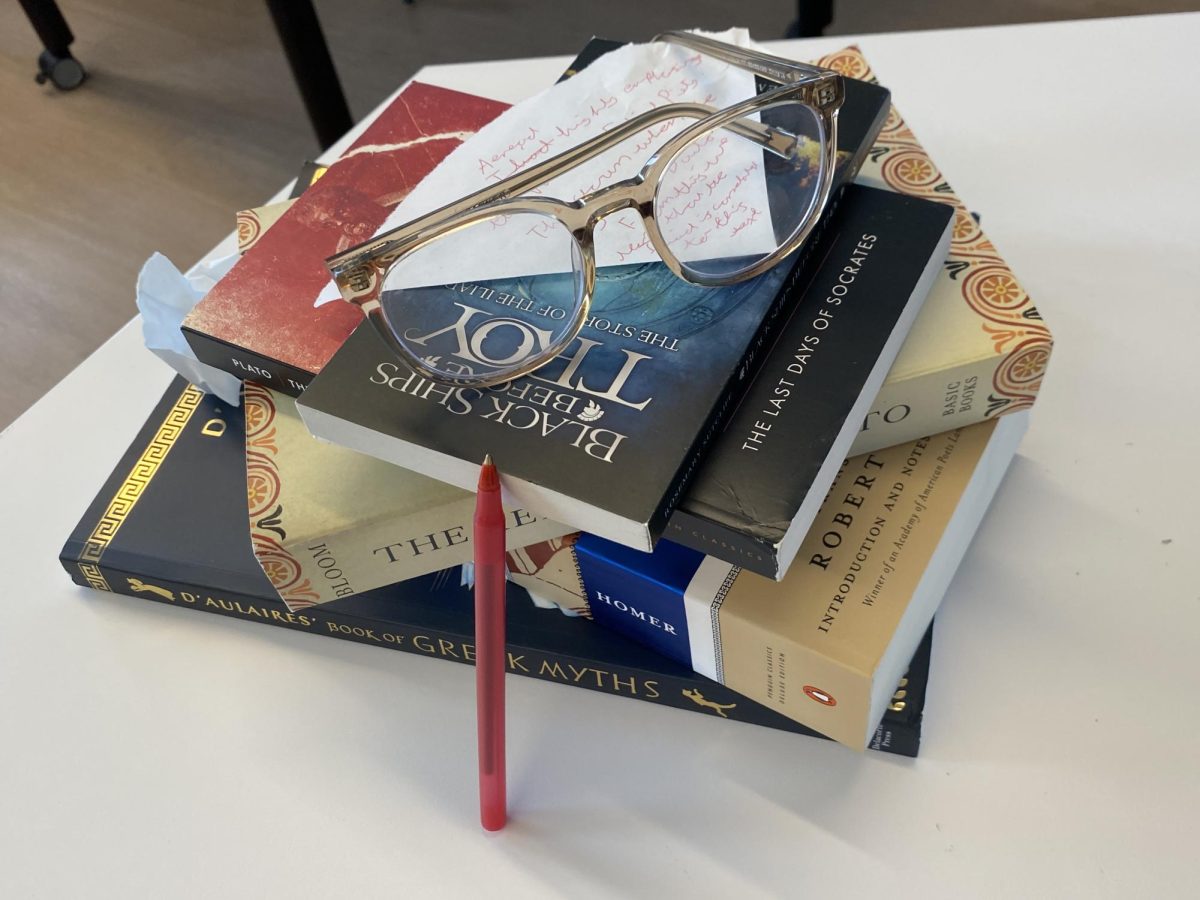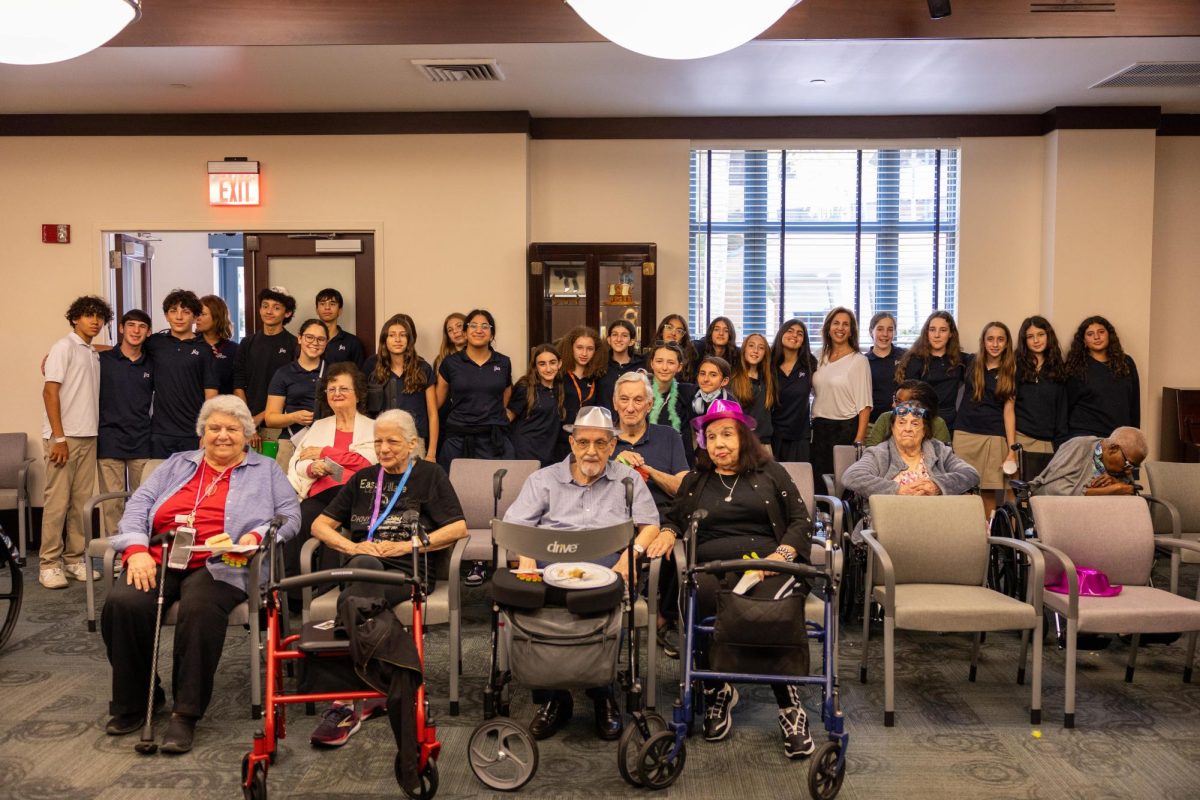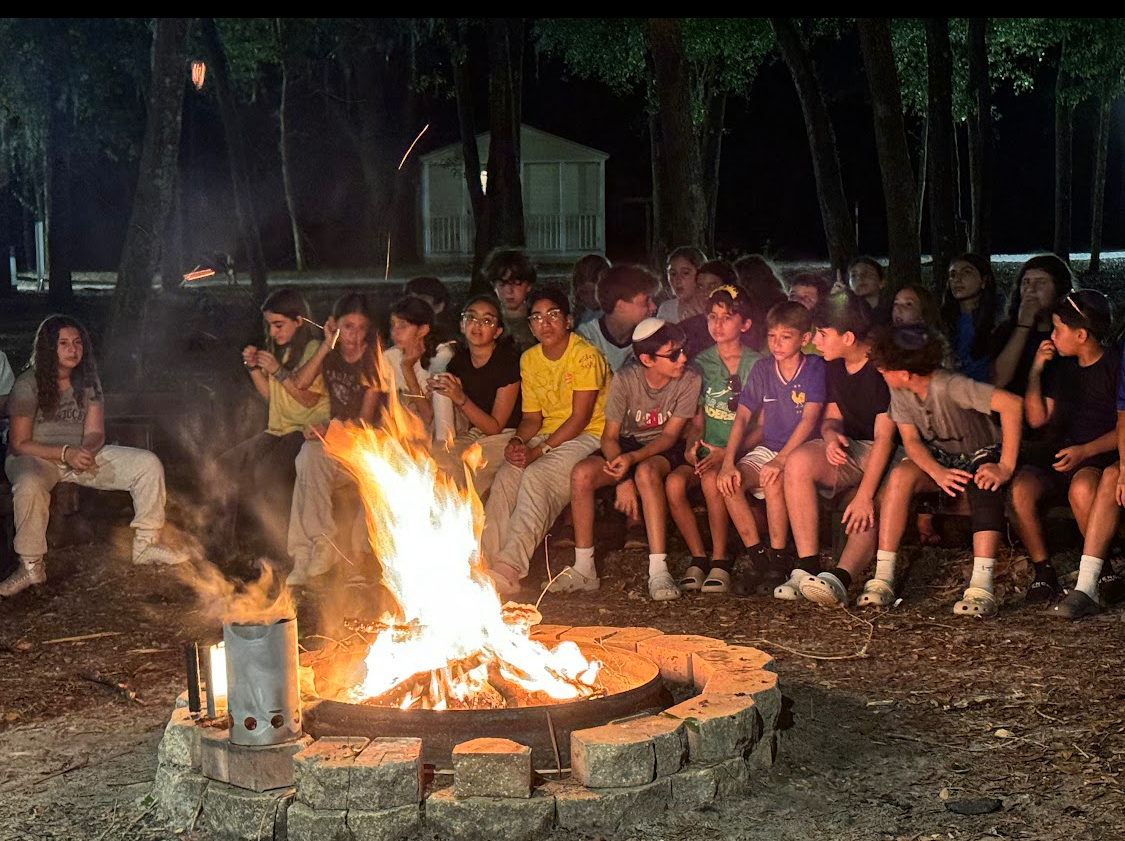Recently, the JLA high school students took a trip to Italy to learn more about how Judaism interacts with the west. However, the same question kept on getting repeated: Why Italy? Rabbi Albo, the person in charge of planning the trip, Rabbi Perl, the person who approved the trip, and even Zac, our tour guide, kept asking us to think about the same question.
The school had a clear reason as to why they would have brought us to Israel, the Jewish Homeland. But why Italy? When students were guessing on where the trip would be, there were numerous other choices that made much more sense. Poland or Germany would have been extremely informative for the Holocaust. Spain would have taught students about the Inquisition. But what did Italy have to do with Jewish people that we couldn’t learn in a different country? It just didn’t make sense. So, throughout the trip, I kept this question in mind. I was determined to figure out the reasoning behind this odd choice.
On the first night, we went to a train station where many Jews were sent on trains to their death. To most people, those are the trains they would use to go to work, visit families, and vacation. The day-to-day person would not think about what tragedies took place there—the only reminder is a small memorial made up of a few rocks and a metal pole. The majority of travelers would walk past it without another thought. But we JLA high schoolers didn’t. We discussed the memorials’ meaning. We remembered those who died. We treated the train station as something of great historical importance, instead of the everyday look most people thought of it as.
 When we were in Rome, we walked through and ate inside the Jewish Ghetto. “It felt haunting and disturbing,” Carrie Schwab, a 9th grader, recalled the feeling of walking through the ghetto. These were the same ghettos Jews were forced inside, just centuries ago. When Pope Paul IV was alive, he claimed that Jews should not live around Christians. He forced all of the Jews into a ghetto. While there, Jews were made to listen to Sermons by Priests every Shabbat, telling them to Convert to Christianity. This lasted centuries, until the 1840s, when Jews were allowed to move outside of the ghettos. I had never heard of this story before, and had assumed that the first ghettos were in 1939. I would have never guessed they happened in the 16th century. I felt shocked; I thought I knew most of the tragedies to do with the Jewish people, especially in Europe. But there was an entire community I was unaware of. It made me wonder about other communities I didn’t know. “It was a really meaningful experience. I learnt about a Jewish Community I did not know anything about before,” 9th grade Ayla Banin remembers.
When we were in Rome, we walked through and ate inside the Jewish Ghetto. “It felt haunting and disturbing,” Carrie Schwab, a 9th grader, recalled the feeling of walking through the ghetto. These were the same ghettos Jews were forced inside, just centuries ago. When Pope Paul IV was alive, he claimed that Jews should not live around Christians. He forced all of the Jews into a ghetto. While there, Jews were made to listen to Sermons by Priests every Shabbat, telling them to Convert to Christianity. This lasted centuries, until the 1840s, when Jews were allowed to move outside of the ghettos. I had never heard of this story before, and had assumed that the first ghettos were in 1939. I would have never guessed they happened in the 16th century. I felt shocked; I thought I knew most of the tragedies to do with the Jewish people, especially in Europe. But there was an entire community I was unaware of. It made me wonder about other communities I didn’t know. “It was a really meaningful experience. I learnt about a Jewish Community I did not know anything about before,” 9th grade Ayla Banin remembers.
We also learnt about the difference in the prayers between what we, Ashkenazi and Sephardic Jews say, and what the Roman Jews say. Roman Jews had to take out certain parts of their prayer to avoid getting hurt. For example, Roman Jews do not thank HaShem for not making them non jews. This erasure of our traditions could have significant consequences in the long run.
October 16th, 1943 was a terrible day for the Jewish people of Rome. On that Shabbat morning, Nazi officers stormed the ghetto, taking thousands of Jews to concentration camps to die. Out of these thousands of Jews, only about 15 survived the holocaust. Out of them, only one girl. Years later, a non-Jewish man decided to put bronze stones in the ground to remind the Italians about the Jews who had once lived there, before suffering a horrible death. We spent some time cleaning some of these stones, remembering the lives of these jews who had their lives brutally taken from them.
Now back in Miami, I believe I have finally figured out the question on everybody’s mind, out of all the places in the world, Why Italy? Jews all over the world have been harmed simply for the crime of being Jewish. Whether that be in concentration camps in Germany or in the Inquisition in Spain, their stories deserve to be remembered. The story of the Italian jews is not something we would have learned about other than on this trip. We would not have known about what had happened to our Jewish brothers and sisters just a continent away. But now, we do. We now know about the Jews having to change their Tefillah for their safety. We now know about the Jews forced into ghettos until the 1800s. We now know about the thousands of Jews taken to their death one random Shabbat morning in October 1943. So, what is the answer to the question everyone seems to be asking? Why Italy? Because, we need to remember these stories for generations to come. If we don’t, our peoples’ stories could disappear, lost in time.
The trip to Italy may be one of the most important trips we will have done in my high school experience because we got the opportunity to continue on the Jewish Peoples stories for posterity’s sake.

























